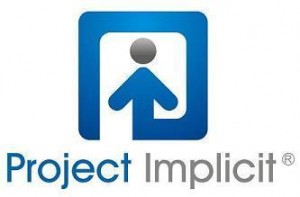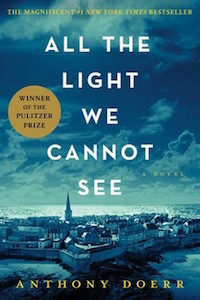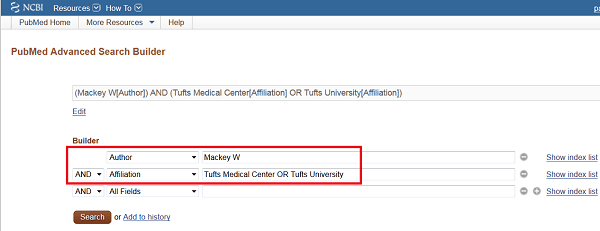It is no secret that unconscious biases penetrate various realms of society; from hiring decisions (Lebowitz, 2015) to medical care (Blair, Steiner, and Havranek, 2011) and even foul calls in the NBA (Schwarz, 2007).
But what about implicit bias in our everyday lives? Does it really play a role in who we form relationships with, or the way we interact with others, or even the way we perceive a stranger?
Implicit bias refers to attitudes or stereotypes that affect our understanding, actions and decisions in an unconscious manner, according to the Kirwan Institute for the Study of Race and Ethnicity, which publishes an annual Implicit Bias Review . Unlike explicit bias, which reflects the attitudes or beliefs that one endorses at a conscious level, implicit bias is judgment and/or behavior that results from subtle cognitive processes that often operate at a level below conscious awareness and without intentional control.
Recent claims of overt and covert discrimination on college campuses and in policing raise the question: How does someone’s unconscious reaction to people of a different race, religion or sexuality influence their judgment and behavior? Psychologists and social scientists working within this field do not have a concise answer to explain how implicit bias manifests in everyday life, as it is hard to rule out alternative explanations.
In other words, implicit bias can and does happen, but it is complicated to prove.
“Some biases seem obviously  wrong, like treating equally qualified people differently when hiring or promoting,” said Calvin Lai, director of research for Harvard’s Project Implicit. “Every day biases are hard to wrap our heads around because they’re so much more personal, and you can point to other reasons.”
wrong, like treating equally qualified people differently when hiring or promoting,” said Calvin Lai, director of research for Harvard’s Project Implicit. “Every day biases are hard to wrap our heads around because they’re so much more personal, and you can point to other reasons.”
Similarly, structural factors beyond your control might come into play. If most of your friends look like you, or you tend to date people of the same race as you, it could largely be just a reflection of the demographics in your community.
However, research shows that those relationships, along with the interactions and experiences that come from them, are key contributors of implicit biases. These biases begin forming at a young age and are easily reinforced into adulthood through social settings and mass media.
“When you think backwards, what you think is normal is really cultural pressure that pushes you into bias, implicit and conscious,” said sociologist Charles Gallagher, chairman of the Department of Sociology and Criminal Justice at LaSalle University in Philadelphia.
Hanging out with friends that look like you isn’t necessarily a bad thing, especially if they’re nice people! However, research suggests that implicit biases and stereotypes, both positive and negative, are maintained through persistent lack of contact with others beyond your “in-group,” that is people who share certain characteristics.
The good news? We are not helpless to combat implicit bias. It can be mitigated through intervention strategies, starting with recognizing where it might exist in your life and seeking exposure to people and experiences beyond your regular circles.
Psychologists and social scientist who study implicit bias are working to gather more data with the goal of making people more aware of their unconscious decision-making and its consequences.
Harvard’s Project Implicit features a battery of “implicit association tests” where participants can measure levels of implicit bias around certain topics based on the strength of associations between concepts and evaluations.
“The goal of the organization is to educate the public about hidden biases and to provide a ‘virtual laboratory’ for collecting data on the Internet.”
If you’re interested in measuring your levels of implicit bias (almost everyone displays bias in some way, according to the experts!), here are a few tests you can take:
Understanding Prejudice: Implicit Association
Test Look Different: Bias Cleanse
References
2015 State of the Science: Implicit Bias Review. (2015). Retrieved from; http://kirwaninstitute.osu.edu/my-product/2015-state-of-the-science-implicit-bias-review/
Blair, I. V., Steiner, J. F., & Havranek, E. P. (2011). Unconscious (Implicit) Bias and Health Disparities: Where Do We Go from Here? The Permanente Journal, 15(2), 71–78.
Grinberg, E. (2015). 4 ways you might display hidden bias every day – CNN.com. Retrieved from; http://www.cnn.com/2015/11/24/living/implicit-bias-tests-feat/
Lebowitz, S., Jul. 17, 2015, 9, 022, & 2. (2015). 3 unconscious biases that affect whether you get hired. Retrieved from; http://www.businessinsider.com/unconscious-biases-in-hiring-decisions-2015-7
Schwarz, A. (2007, May 2). Study of N.B.A. Sees Racial Bias in Calling Fouls. The New York Times. Retrieved from; http://www.nytimes.com/2007/05/02/sports/basketball/02refs.html






